Understanding the Manufacture of Plastic Parts
The manufacture of plastic parts involves a series of complex processes that differ based on the requirements of the final product. This industry continuously evolves, adapting new technologies, materials, and methods to meet the challenges posed by market demands. Understanding the intricacies of plastic manufacturing starts with an overview of its key processes and an insight into material selection, both of which significantly influence performance, costs, and sustainability.
Key Manufacturing Processes
Manufacturing plastic parts predominantly involves several key processes, each suited to different applications, designs, and production volumes. The most commonly used methods include:
- Injection Molding: This is the most widely utilized method in plastic manufacturing, where molten plastic is injected into a mold.
- Plastic Extrusion: In this method, plastic pellets are melted and formed into continuous shapes like sheets, pipes, or profiles.
- Blow Molding: This technique is mainly used for manufacturing hollow plastic parts, such as bottles, by inflating a heated plastic tube inside a mold.
- Rotational Molding: A process used for creating large, hollow parts by rotating a mold filled with plastic material in an oven.
- Thermoforming: This involves heating a thermoplastic sheet until it becomes pliable, after which it is formed into a mold and cooled.
- Compression Molding: A method where plastic is heated and pressed into a mold; typically used for thermosetting plastics.
- Vacuum Casting: A process that allows the production of silicone molds and is used for low-volume manufacturing.
Importance of Material Selection
The selection of materials in the manufacture of plastic parts is crucial. The performance of a plastic part depends significantly on the type of resin chosen. Factors such as strength, flexibility, temperature resistance, and finish dictate the best material choice for a specific application. Popular materials include:
- Polyethylene (PE): Known for its low-density variant for flexible and durable applications.
- Polypropylene (PP): Offers excellent chemical resistance and is widely used in automotive and food packaging.
- Polyvinyl Chloride (PVC): Commonly used in construction fittings and pipes due to its rigidity.
- Polycarbonate (PC): Known for its clarity and impact resistance, often used in eyewear and safety equipment.
- Acrylonitrile Butadiene Styrene (ABS): Valued for its toughness and versatility, frequently utilized in consumer goods and automotive components.
Cost Considerations in Production
Cost is a critical factor in plastic part manufacturing, influenced by material choice, production method, and volume. The initial costs for tooling and setup can be substantial, especially in injection molding. However, the investment typically pays off in large-scale production where unit costs decrease significantly. Key considerations include:
- Material Costs: Prices of raw materials fluctuate based on market conditions, affecting overall production costs.
- Tooling Costs: The creation of molds, especially for injection molding, requires a significant upfront investment.
- Labor Costs: Automation can reduce labor costs, but skilled operators are essential for quality control.
- Production Volume: Higher volumes generally lead to lower per-unit costs as setup times are amortized over more parts.
The Injection Molding Process Explained
Injection molding is a significant process in the manufacture of plastic parts due to its efficiency and the quality of parts produced. Understanding the mechanics of injection molding provides insights into its advantages and applications.
Mechanics of Injection Molding
The injection molding process consists of several distinct phases:
- Injection: Plastic resin in pellet form is fed into a heated barrel where it is melted and injected into a mold under high pressure.
- Cooling: The molten plastic cools and solidifies in the mold, taking on the desired shape.
- Ejection: Once cooled, the mold opens, and the part is ejected, ready for finishing processes if necessary.
This cycle repeats, allowing for continuous production while ensuring precise and consistent dimensions across multiple components.
Advantages of Using Injection Molding
Injection molding boasts numerous advantages, including:
- High Efficiency: Ideal for large-scale production, minimizing turnaround times.
- Cost-Effectiveness: Reduces costs in mass production, yielding lower per-unit expenses.
- Versatility: Suitable for a wide range of materials and designs, including complex geometries.
- Quality Control: Offers high precision and repeatability in part manufacturing.
Common Applications of Injection-Molded Parts
Injection molding is ubiquitous in the industry, with applications ranging across various sectors:
- Automotive Parts: Components such as dashboards, interior fittings, and clips.
- Household Goods: Items like containers, toys, and kitchen utensils.
- Medical Devices: Parts used in disposable syringes, housings, and equipment.
- Electronics: Enclosures, connectors, and housing components in consumer electronics.
Alternative Methods for Manufacturing Plastic Parts
While injection molding is the preferred method for many applications, several alternative manufacturing processes exist, each offering unique benefits and capabilities.
Comparison of Molding Techniques
Each plastic manufacturing technique comes with its advantages and limitations. Here’s a comparison of some notable processes:
| Process | Advantages | Disadvantages |
|---|---|---|
| Injection Molding | High volume, precision, and repeatability. | High initial costs, long lead times for mold creation. |
| Blow Molding | Efficient for hollow parts. | Limited to hollow shapes. |
| Rotational Molding | Ideal for large, hollow parts. | Long cycle times and more material waste. |
| Thermoforming | Lower costs for smaller runs, quicker turnaround. | Limited detail and thickness control. |
| CNC Machining | High precision for customized parts. | Slower production speeds and higher costs. |
Emerging Manufacturing Innovations
Manufacturing methods are continually evolving, with innovations enhancing capabilities:
- Additive Manufacturing: Also known as 3D printing, it allows for rapid prototyping and complex part creation without the need for traditional molds.
- Multi-Material Injection Molding: Combines different types of plastics in a single part, enhancing functionality and aesthetics.
- Advanced Robotics: Automation is revolutionizing production efficiency and precision in manufacturing lines.
Eco-friendly Options in Plastic Manufacturing
The push for sustainability in manufacturing is leading to the adoption of eco-friendly materials and processes:
- Bioplastics: Derived from renewable sources, these materials reduce reliance on fossil fuels.
- Recycled Plastics: Using recycled materials helps in reducing waste and energy consumption.
- Energy-efficient Processes: Innovations in machinery and operations are being developed to minimize energy usage in production.
Quality Assurance and Testing in Manufacture
Quality assurance (QA) is integral to the manufacture of plastic parts, ensuring that products meet required specifications and performance standards.
Standards for Plastic Parts Manufacturing
Adherence to industry standards ensures consistency and reliability. Organizations such as ASTM International and ISO develop standards for various plastic manufacturing processes, setting benchmarks for quality and performance.
Techniques for Quality Control
Several techniques are employed throughout the manufacturing process to maintain high-quality conditions, including:
- Regular Inspections: Parts are examined for defects at various stages of production.
- Testing for Tolerance: Measuring dimensions to ensure adherence to specified tolerances.
- Material Testing: Assessing the physical and chemical properties of materials used in production.
Importance of Testing for Durability
Durability testing ensures that plastic parts can withstand operational stressors. Common tests include:
- Impact Resistance: Assessing how well a part can withstand sudden forces.
- Fatigue Testing: Evaluating the durability over time under repeated loading conditions.
- Environmental Testing: Conducting tests that simulate exposure to harsh environments.
Future Trends in Plastic Part Manufacturing
The future of plastic manufacturing is poised for significant transformation as new technologies and societal demands for sustainability evolve.
Technological Advancements on the Horizon
New technologies are continuously emerging, including:
- Artificial Intelligence (AI): AI can optimize manufacturing processes by analyzing production data to enhance efficiency.
- Augmented Reality (AR): Used in training for operators and remote assistance in manufacturing setups.
- Advanced Material Science: Research into composites and bio-based materials promises even stronger, lighter, and more sustainable options.
Impact of Industry 4.0 on Plastic Manufacturing
Industry 4.0 is significantly impacting manufacturing through interconnected machines and real-time data sharing, which enhances productivity and reduces downtime. Smart factories are increasingly utilizing IoT devices to monitor and manage production efficiently.
Market Trends Influencing the Sector
The market for plastic parts manufacturing is influenced by several evolving trends:
- Increased Demand for Customization: As consumer preferences shift towards personalized products, manufacturers must adapt their processes.
- Sustainability Pressures: Organizations are under increasing pressure to adopt environmentally friendly practices.
- Globalization of Supply Chains: The ongoing trend towards globalization necessitates the adoption of efficient logistics and supply chain management.
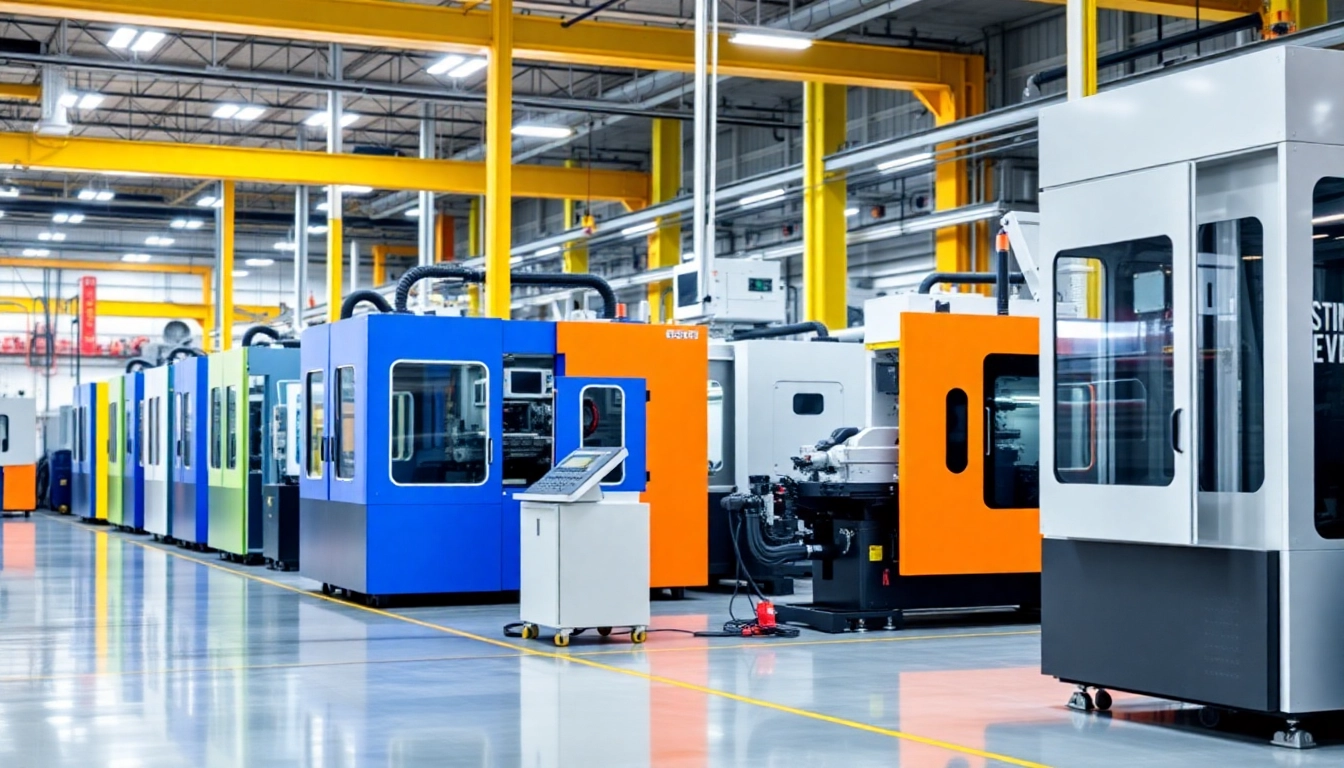
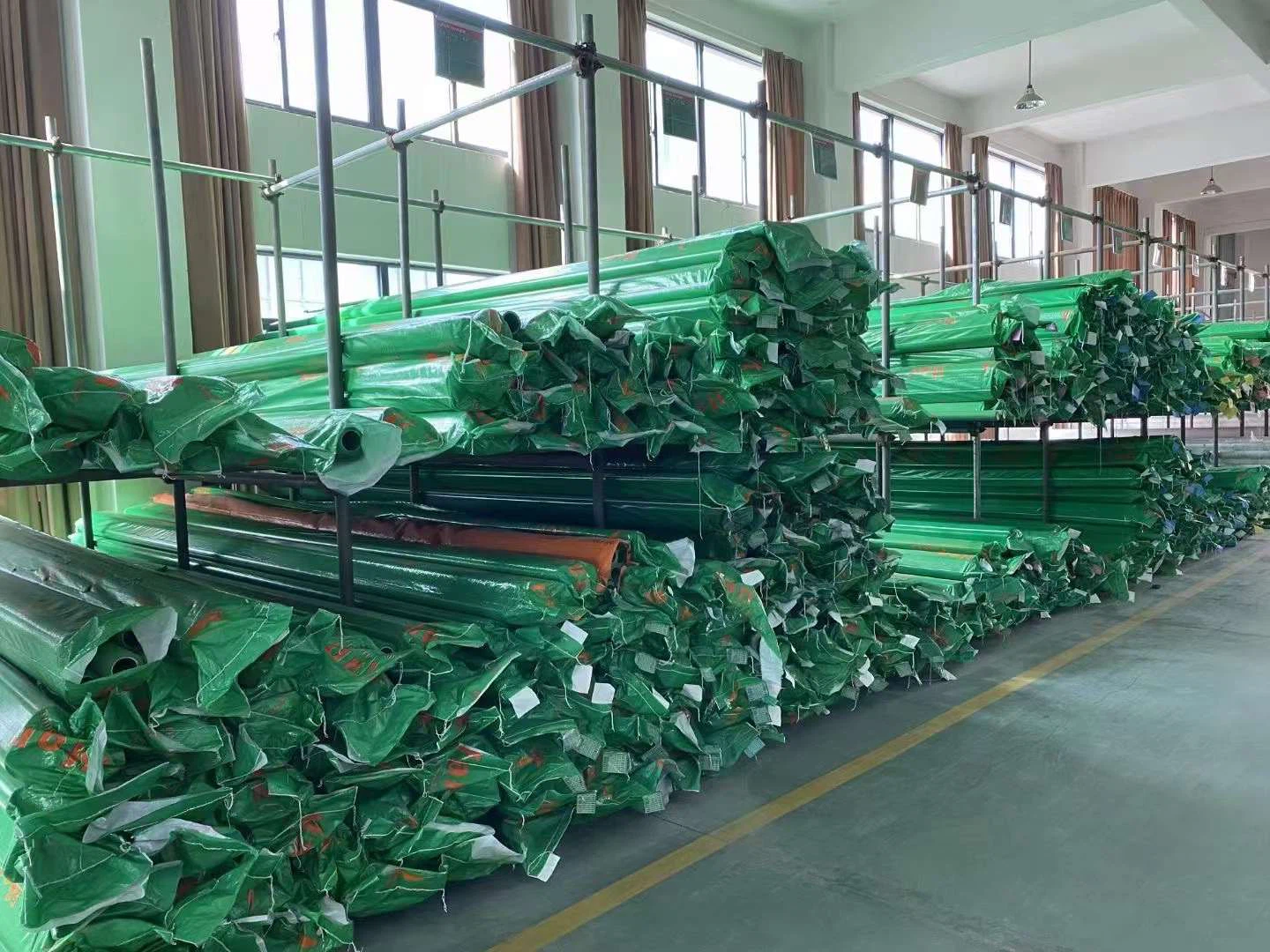
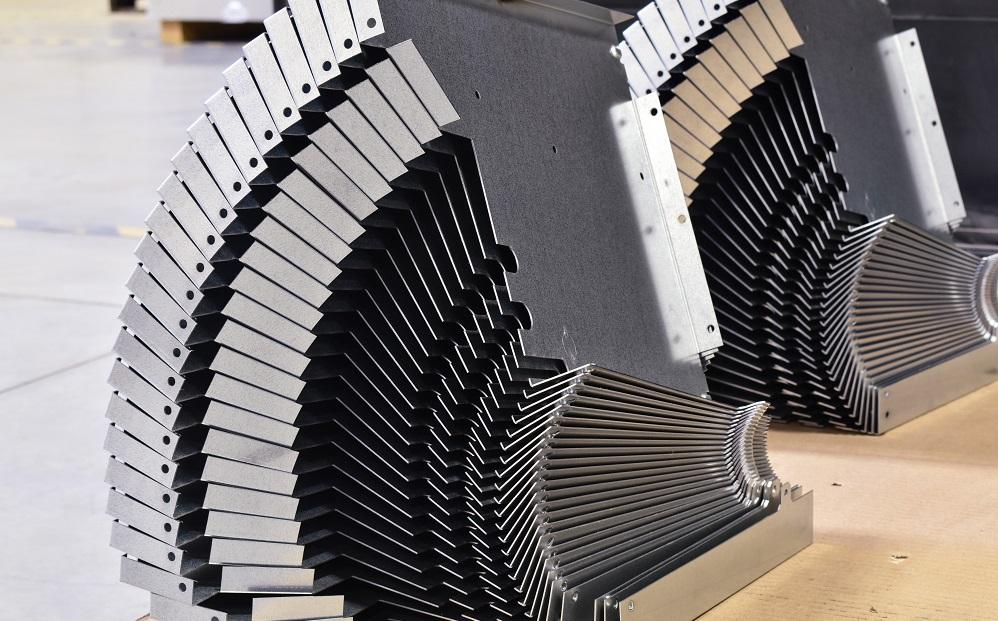
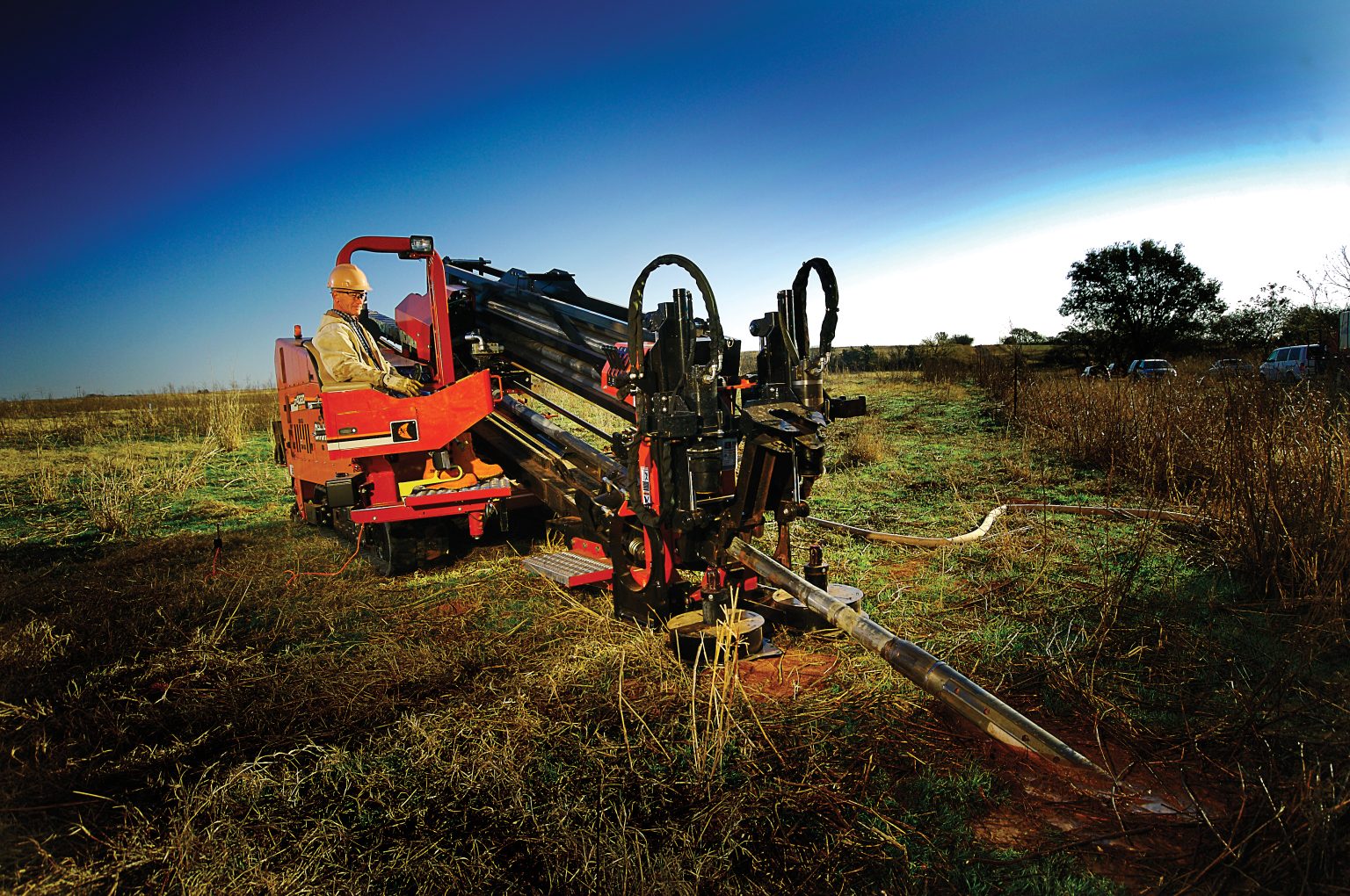
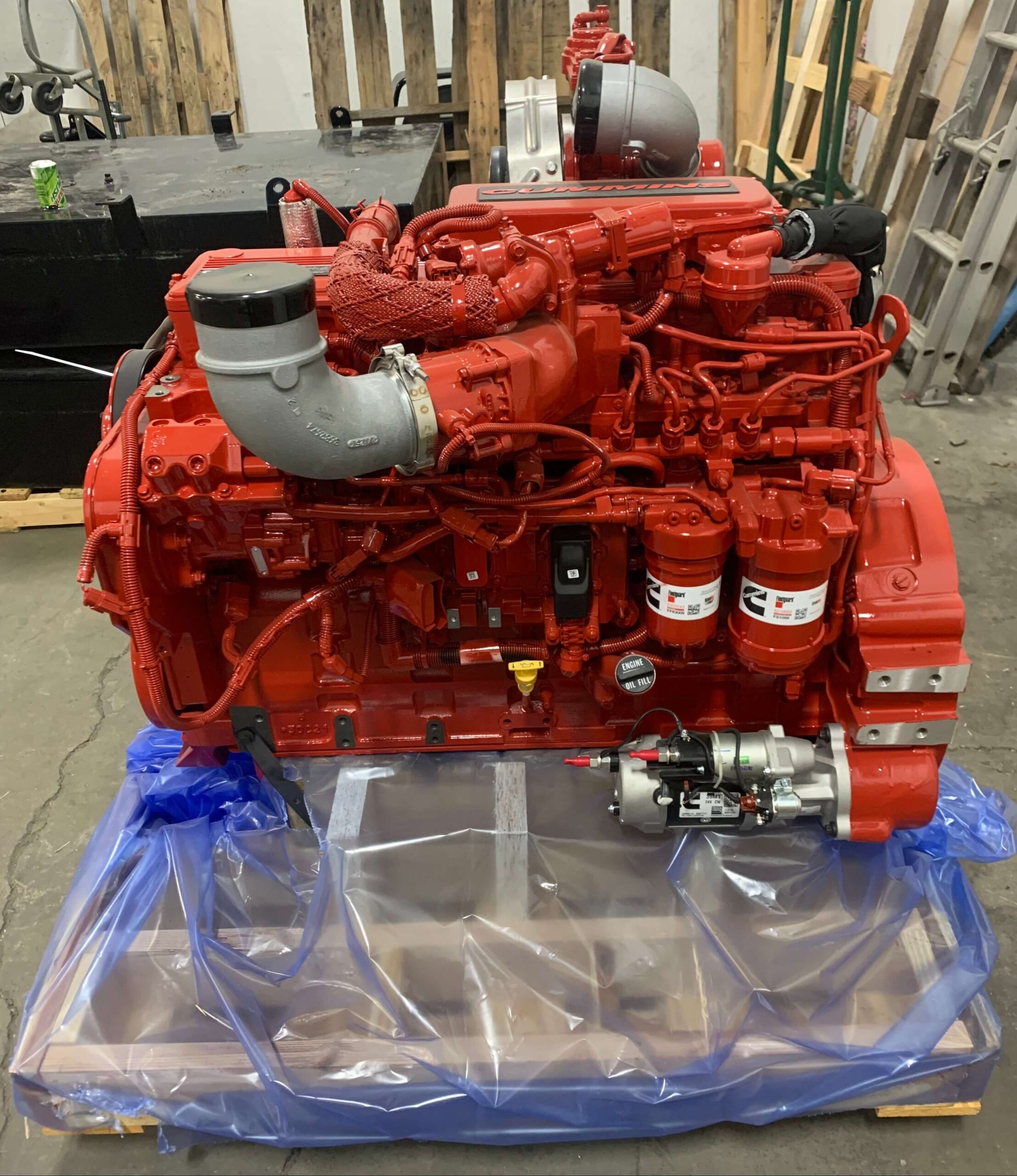




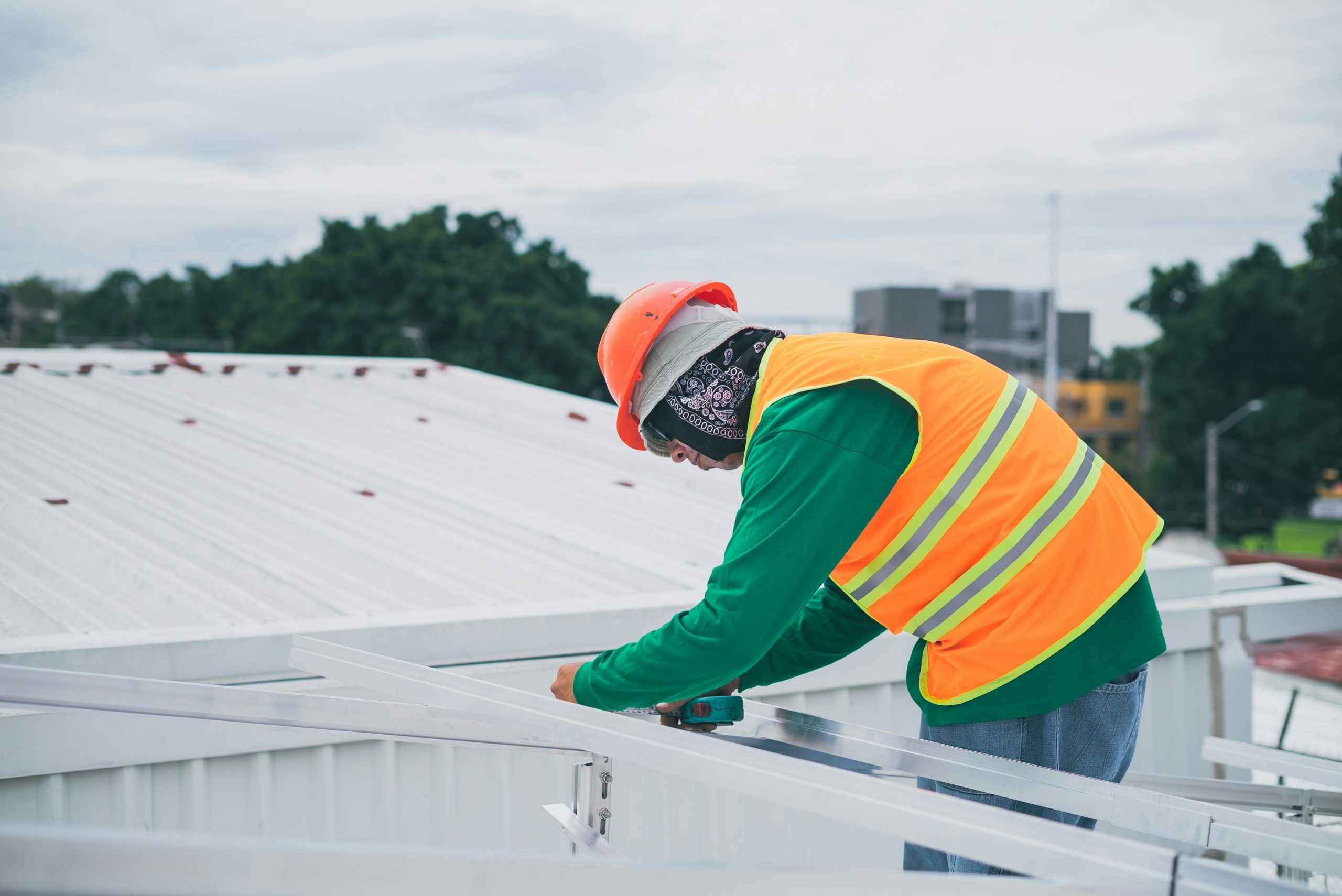
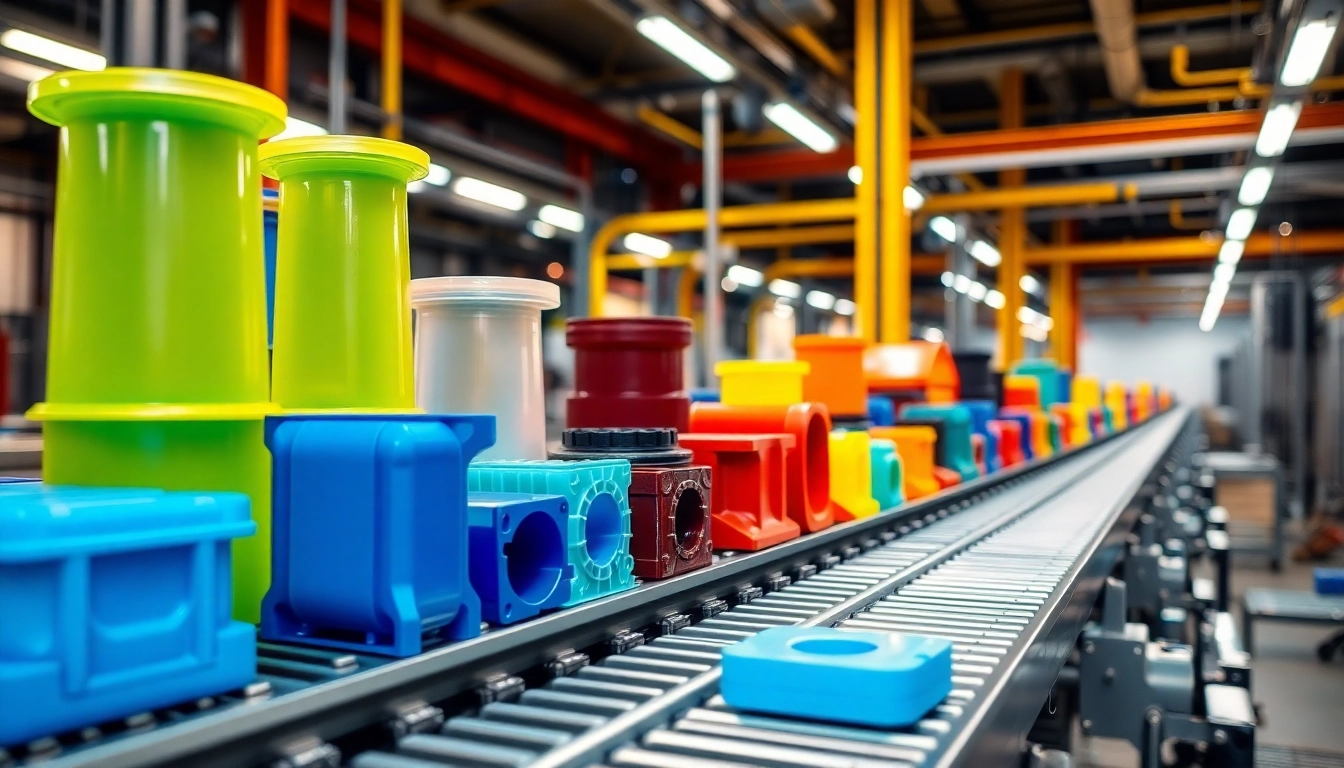




Leave a Reply